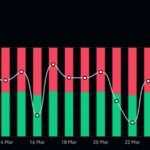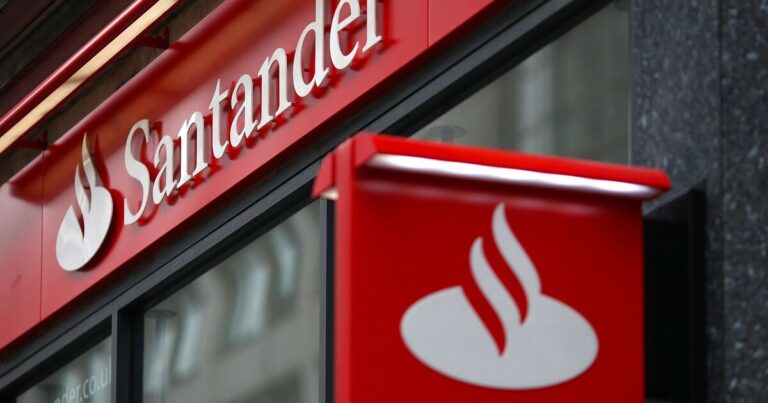Agencies
New Delhi
Fund manager Abhay Agarwal was surprised by the number of calls he took this month from international investors showing more than a passing curiosity about India.
“These are from family offices in Europe or some large investors in US who have …never bothered about investing in India,” said Agarwal, founder of Mumbai-based Piper Serica Advisors.
“For the first time, I find them to be very serious and they’re calling and asking questions such as, ‘Look, will my money be safe? And is there a rule of law here?’” he added.
The interest comes at a time when the country’s stock market is hitting record highs — the market value of companies listed on India’s exchanges crossed $4 trillion in late November, according to Refinitiv.
India has two major exchanges: the National Stock Exchange of India (NSE) and the BSE, Asia’s oldest bourse formerly known as the Bombay Stock Exchange.
The sizzling rally means that the NSE, which is larger than the BSE by daily transaction value, has now taken Hong Kong’s place as the seventh-largest bourse, data from the World Federation of Exchanges showed.
The ascent of India’s stock market value means it ranks behind only those in the United States, China and Japan, according to Refinitiv.
“People are getting excited about India,” said Agarwal, adding that the investors calling him up want to know if it can deliver “the same kind of returns that China delivered in the first decade of 2000.”
In his three-decade-long investing career, Agarwal says he has seen high levels of bullishness over India from the global community in the past, but that was mainly from short-term investors.
“For the first time, I’m seeing interest from very long-term investors, both strategic and financial, who are coming in taking a 10-year view rather than just a one-year view,” he said.
India’s benchmark Sensex index, which tracks 30 large companies, has climbed over 16% this year, while the broader Nifty 50 index has jumped over 17 percent in that time.
India’s exchanges are also witnessing a boom in Initial public offerings (IPOs). The country saw 150 listings in the first nine months of 2023, according to a report by Ernst & Young. Hong Kong had 42.
The surge in India’s stocks is a reflection of the strength and potential of the world’s fastest growing major economy, analysts said.
The International Monetary Fund expects India to grow by 6.3 percent this year, but some economists say the expansion could be closer to 7 percent.
The world’s fifth largest economy grew by 7.6 percent in the quarter to Sept. 30, a much faster pace than estimated by the country’s central bank. That surprise prompted both Citigroup and Barclays to raise their annual GDP projections for India to 6.7 percent.
The positive sentiment towards India contrasts sharply with the mood hanging over its larger neighbor, China. Investor worries over weak consumer demand and the protracted real estate crisis in the world second largest economy have taken a heavy toll on its markets.
China’s Shanghai Composite is down 7 percent this year while Hong Kong’s Hang Seng Index has plunged nearly 19 percent.
“The performance of Chinese equities in the past 10 months has seen a stark contrast between an optimistic start to the year and a disappointing second half,” said Stephen Innes, managing partner at SPI Asset Management, referring to the bump up markets enjoyed when China had abandoned its strict pandemic-related restrictions.
“The divergent growth between India and China is the key in the battle for emerging market (money) flow,” he said.
While China’s economic problems could put downward pressure on the growth outlook for many countries in Asia, analysts say India will remain resilient.
“The Indian economy has the least economic linkage to China’s end demand …Moreover, Indian equities exhibit the lowest price sensitivity to slowing China growth in the region,” Goldman Sachs said in a November report.
The world’s most populous country is also less sensitive to other global economic risks, partly because domestic institutional and retail investors are becoming increasingly influential in India.
“We think domestic flows will continue to support the market and limit any large downside risk in case of global risks,” Goldman Sachsadded.
In a December note, Nomura also said India is “less exposed to (a) global trade slowdown,” and could be a “counter-weight to North Asia if (a) slowdown in the West occurs and China continues to disappoint onrecovery.”
The country is “home to a number of high quality … stocks albeit expensive,” Nomura said, adding that India is also likely to benefit from companies diversifying their supply chains away from China.
Since last year, Apple has expanded production significantly in India after suffering supply chain snags in mainland China.
The South Asian nation has also become the “most promising medium-term business destination” for Japanese manufacturers, according to a recent survey by the Japan Bank for International Cooperation.
China was pushed to second spot because of its economic slowdown and rising tensions between Washington and Beijing.
Despite the country’s recent economic swagger, foreign investors may stay away from India in the first half of 2024, when the country gears up for a general election, which is expected to be held in April and May.
“In the near-term, while election-related uncertainty and the tough global macro environment could keep foreign flows weak over the next 3-6 months, we expect foreign flows to pick up after the election uncertainty fades,” Goldman Sachs noted.
Market watchers are hoping that Prime Minister Narendra Modi’s ruling Bharatiya Janata Party wins, ensuring political stability.
There is a strong chance of that happening. In the years since becoming prime minister in 2014, Modi has grown only more powerful and popular, while his opponents have been pushed further to the side.
But not every economist is as sanguine about India’s prospects and some say that a slowdown is coming.
“Private consumption has remained strong so far,” wrote Alexandra Hermann of Oxford Economics earlier this month. “But with some of it being debt-fueled and the labor market in distress, this year’s spending may come back to haunt consumers next year.”
The public sector may not be able to offset this slowdown, as government debt levels remain high, she added: “To maintain investor confidence … the government will need to exert fiscal prudence.”
Critics also say the stock market’s current buoyancy is not the most reliable yardstick to gauge India’s economy, which is struggling to create suitable jobs for its vast working-age population and offer a sustainable and inclusive growth path.
‘For a variety of reasons … we have seen an increase in the profitability of large firms in this country, while small and informal firms are doing relatively poorly. But only the former are Quote: d on the stock market, which offers a misleading picture of the broader economy,” former central bank governor Raghuram Rajan and economist Rohit Lamba wrote in a recently-released book “Breaking the Mould.”
“Indeed, high-employment sectors with many small firms, such as apparel and leather, have shrunk,” in the past few years, they added.
Copy 29/12/2023 15
















